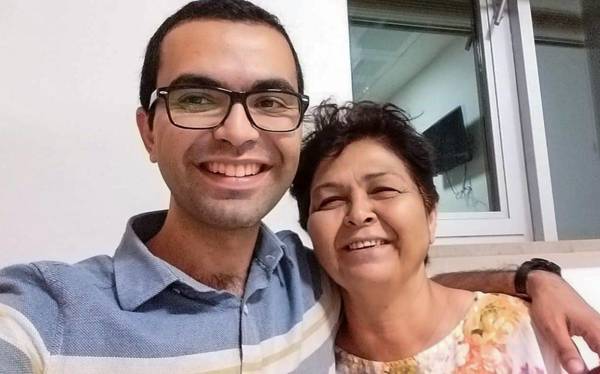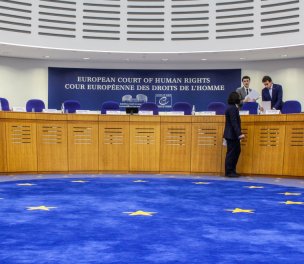ECtHR Convicts Turkey Twice Over Newroz
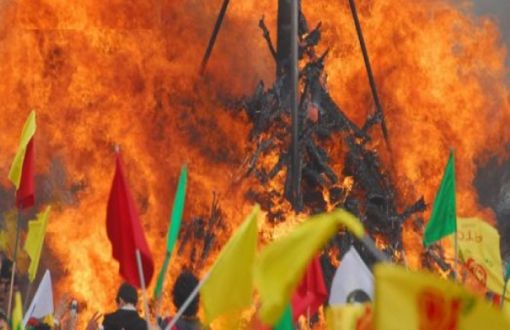
Click to read the article in Turkish / Kurdish
In two separate judgements announced yesterday (May 26), the European Court of Human Rights (ECtHR) has concluded that Turkey has violated the right to freedom of assembly and association and sentenced the country to pay 8,500 Euro in damages in total.
The first judgement of the ECtHR is about Hakim Aydın, who was sentenced to prison for joining Newroz celebrations and a protest for the education in mother language. The second one is about Kemal Çetin, who was similarly penalized for participating in peaceful Newroz celebrations.
He was accused of joining Newroz
Hakim Aydın, a student at the Faculty of Agriculture at Diyarbakır University at the time, participated in a protest for the education in mother language on October 15, 2008. He joined the march and statement for the press on that day and he was detained in a police operation the day after.
While he was being interrogated four days after that, he was asked questions about all demonstrations that he had attended over the past year. Aydın was arrested after the interrogation. Charging him with "propagandizing for a terrorist organization," the indictment referred to Aydın's participation in Newroz celebrations as criminal evidence among others.
Serving three months behind bars in pre-trial detention, Hakim Aydın was released in his first hearing on January 22, 2009. In his last hearing on May 6, 2010, he was sentenced to 10 months in prison on the offense charged. His prison term was suspended.
The ECtHR concluded the application of Aydın yesterday. The court has ruled that Turkey shall pay him 1,000 Euro in pecuniary and 2,000 in non-pecuniary damages as it violated the right to liberty and security as per the Article 5 of the European Convention on Human Rights (ECHR) and the freedom of assembly and association as per the Article 11 of the ECHR.
Second judgement on Newroz in Muş
Kemal Çetin was also penalized on the ground that he attended Newroz in the district of Malazgirt in Turkey's eastern province of Muş.
Joining the celebrations that were held in March 2007 and ended peacefully, Çetin was accused of organizing the event and faced charges due to the slogans and banners at the celebration.
Çetin and six others from the organization committee deposed in April 2007 and they were accused because the event was extended beyond the permitted hours. An indictment was issued against them for opposition to the Law no. 2911 on Meetings and Demonstrations.
In their last hearing in September 2008, they were sentenced to 1 year, 3 months each for "attending an illegal demonstration." As the Court of Cassation upheld this verdict in May 2002, Çetin applied to the ECtHR.
The ECtHR announced its ruling yesterday and concluded that Turkey violated the freedom of assembly and association as per the Article 11 of the ECHR. Kemal Çetin will be paid 1,500 Euro in non-pecuniary damages.
What is Newroz?Newroz refers to the celebration of the traditional Iranian peoples' New Year holiday of Nowruz in Kurdish culture. Before the Islamization of the Iranic peoples in Asia, the ancestors of the modern Kurds followed Zoroastrianism. In Zoroastrian doctrine, fire is a symbol of sight, goodness and purification. Angra Mainyu, the demonic antithesis of Zoroastrianism, was defied by Zoroastrians with a big fire every year, which symbolized their defiance of and hatred for evil and the archdemon. Newroz is mainly, in the modern age, affiliated with Kurds, who in turn make up the majority of the Alevi population, an Islamized version of the Zoroastrian religion. In Kurdish legend, the holiday celebrates the deliverance of the Kurds from a tyrant, and it is seen as another way of demonstrating support for the Kurdish cause. The celebration coincides with the March equinox which usually falls on 21 March and is usually held between 18 and 24 March. The festival has an important place in terms of Kurdish identity for the majority of Kurds, mostly in Iraq, Turkey and Syria. Though celebrations vary, people generally gather together to welcome the coming of spring; they wear coloured clothes and dance together. *Source: Wikipedia |
(AS/SD)
bianet submits shadow report to UN Human Rights Committee
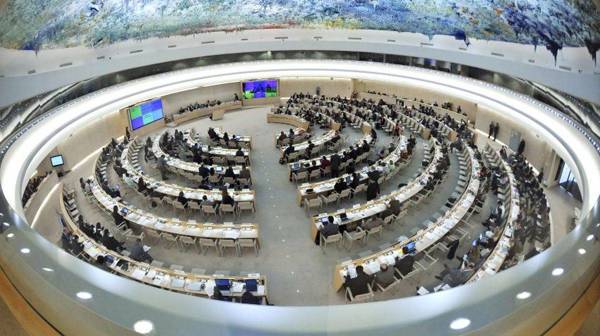
Imprisoned lawyer exposes use of disciplinary investigations to pressure political prisoners
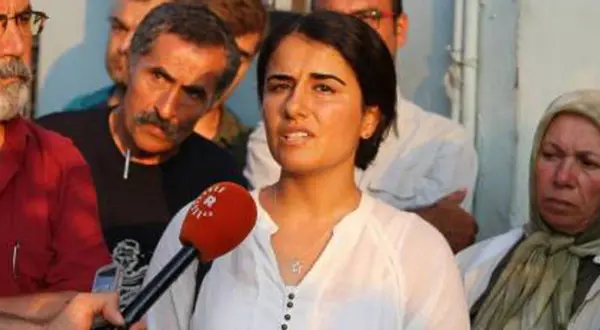
Tap water ‘smells of bleach’ in Muğla prison
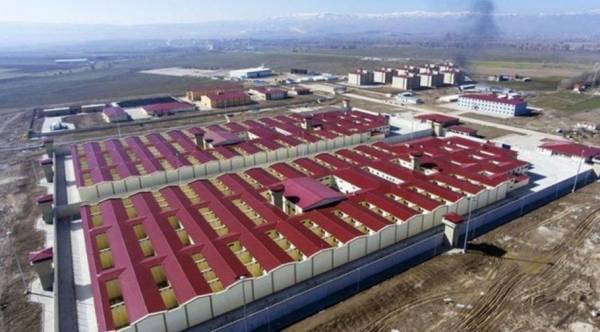
Censorship on a letter from prison describing hunger
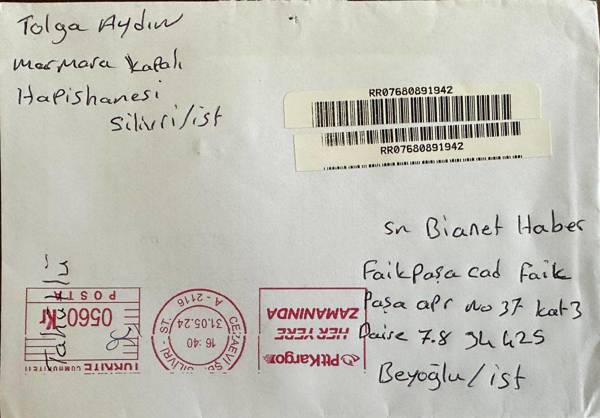
Prisoner on hunger strike: 'I am alone without sunlight'
